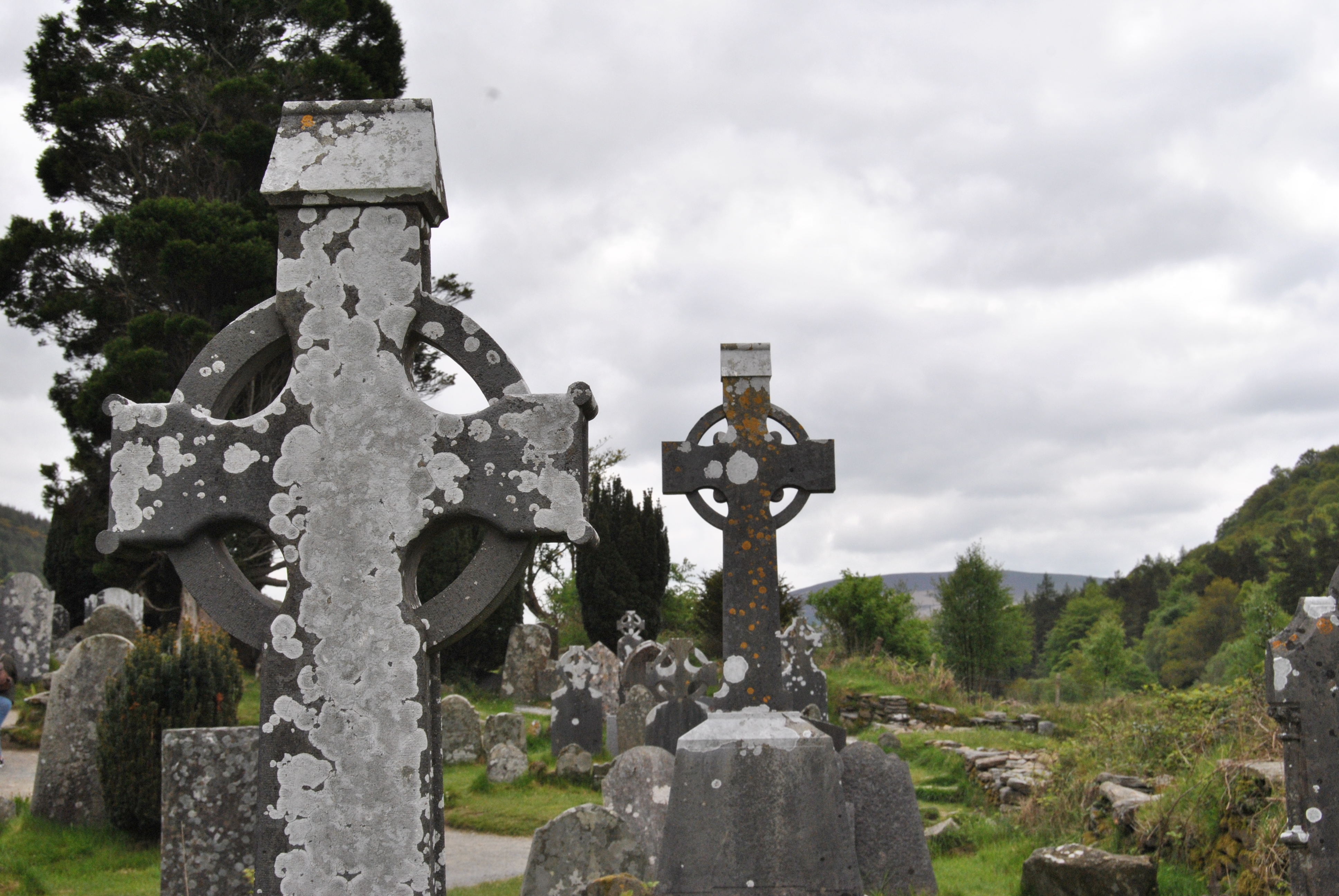
The Paducah Symphony Orchestra was joined by the Paducah Symphony Chorus, as well as the concert choirs from Murray State and Southern Illinois universities to perform Beethoven’s Ninth Symphony on Saturday night at the Carson Four Rivers Center in Paducah, Ky.
What is your favorite kind of live music to listen to?
Are you folksy and fond of bluegrass?
Do you lean toward the edge and identify with punk or heavy metal?
Maybe you love hearing a good hymn from a simple church piano or organ.
I sometimes forget listening to live music is one of my favorite pastimes. It likely stems from the fact that I have no musical ability in my body, and the talent required not only to read music, but to translate it into discernible beats and melodies fascinates me.
Saturday night, I had the opportunity to take a friend to the Paducah Symphony Orchestra’s final performance of the season: Beethoven’s 9th Symphony.
This was only my second time attending the symphony in Paducah, the first being for a performance of Pictures At An Exhibition by Modest Mussorgsky featuring an arrangement by Maurice Ravel earlier in the season.
As it usually happens, the symphony began with a few opening pieces. The first was another Maurice Ravel piece called “La valse, poeme choregraphique.” Paducah Symphony Orchestra conductor Raffaele Ponti labeled it similar to a waltz, and it certainly lent itself to movement. You could easily envision a room full of post-Edwardian era aristocrats dancing elegantly and flawlessly with perfectly matched partners. It was instant transformation into another time and place.
Really. For a minute I was dancing in Downton Abbey.
The second piece I wasn’t so enraptured by. It was a good deal slower and involved less percussion. I told you, I’m by no means a music aficionado.
Once the intermission ended, we got to the crux of Beethoven, and what a beautiful performance. The first three movements were, for this untrained ear anyway, fairly unnoteworthy. The fourth movement lit up the room as three choruses — the Paducah, Murray State and Southern Illinois University choruses — joined together in a massive group, along with four impressive soloists.
The movement: Presto – Allegro assai – Allegro assai vivace. Which for my layman’s translation means Ode to Joy.
And it was joyful.
Perhaps moreso than the beautiful performance by the instrumentalists and the vocalists (My friend and I discussed: why don’t the violinists get more credit? They’re sawing away all night long!), what impressed me most was conductor Ponti’s introduction to the piece of music.
While the idea wasn’t foreign to me, Ponti explained that Ludwig von Beethoven, a student of Joseph Haydn, composed the Ninth Symphony deaf. In fact, he composed most of his most renown works as his hearing deteriorated and eventually left him.
Unable to lead and conduct his own work with the loss of his hearing, Beethoven took a step back and continued with composing. He did lead one final performance — the premier of his Ninth Symphony in 1824 — with the help of a fellow conductor in the wings.
Legend has it that when the performance ended, the audience erupted into applause. Only Beethoven couldn’t hear any of it. When he turned around, he was stunned.
Ponti left us with the music and these words: “Hearing this tonight, you have the opportunity to hear it before Beethoven himself.”
Our whole audience in Paducah inhaled audibly at the profound statement. It still gives me chills.
Something inside me hopes, however, that I didn’t hear it before Beethoven did. Something inside me hopes, and yearns, for a paradise, thanks to a Savior who died for my sins and gives us an opportunity to spend eternity in Heaven with him.
“The blind receive sight, the lame walk, those who have leprosy are cleansed, the deaf hear, the dead are raised, and the good news is proclaimed to the poor.” Matthew 11:5 NIV
And if ever there was a soundtrack in heaven, I’m sure Beethoven would be included.
~ Dusty
